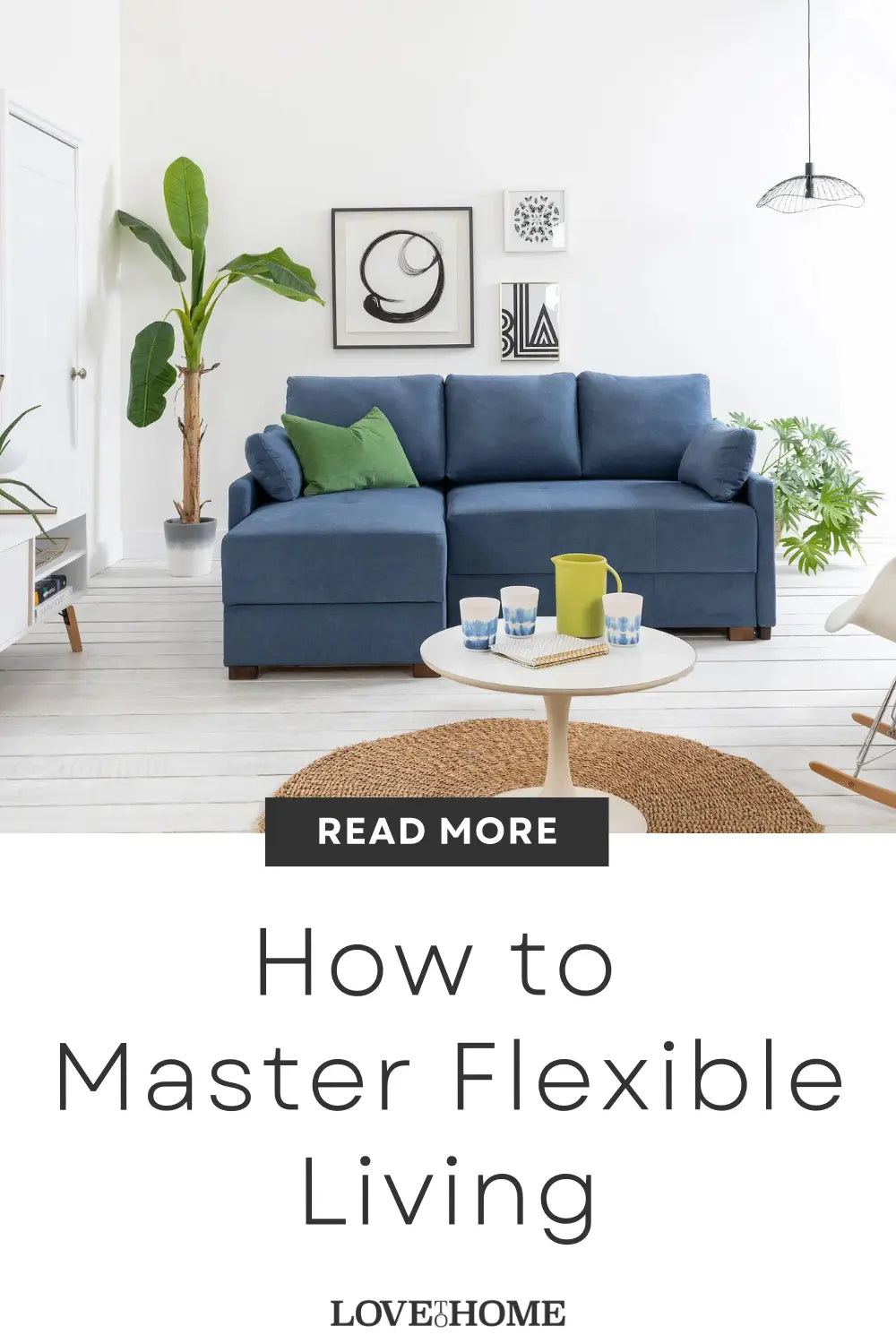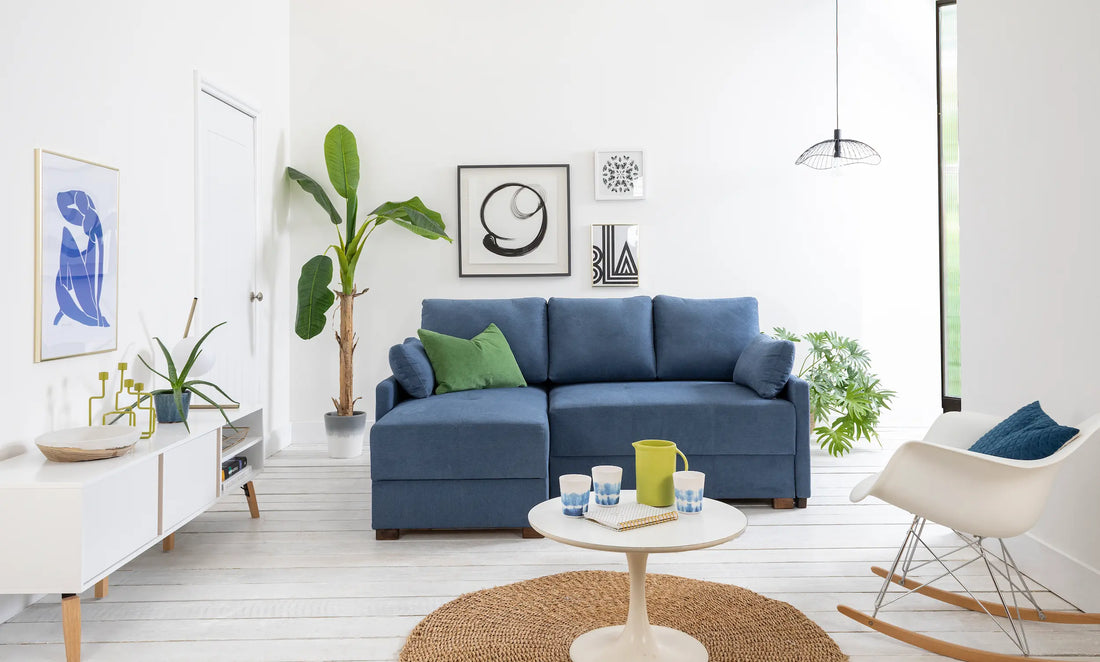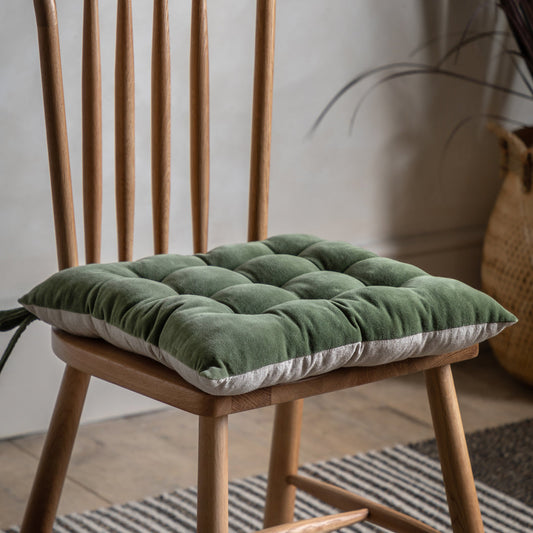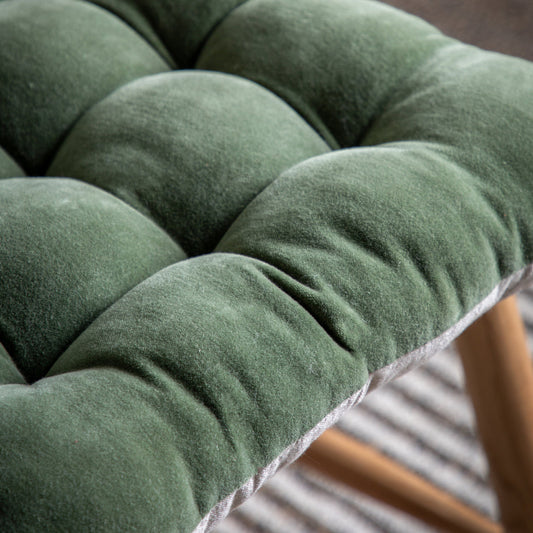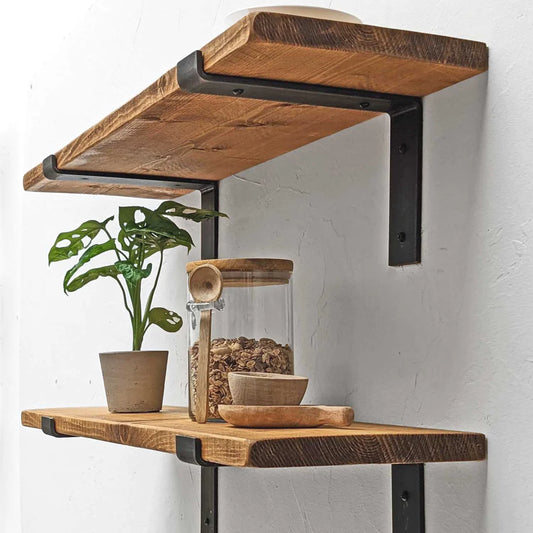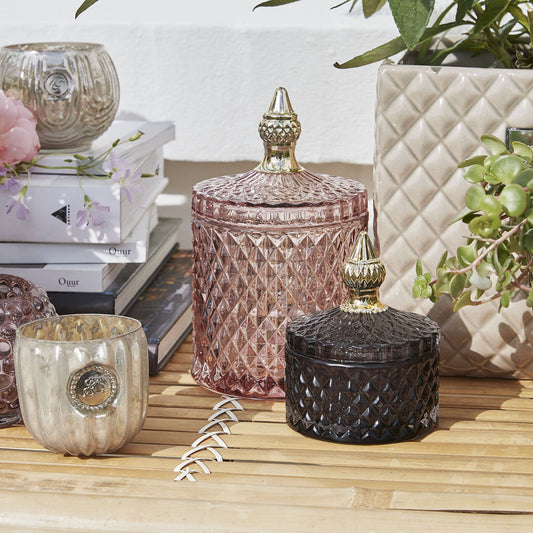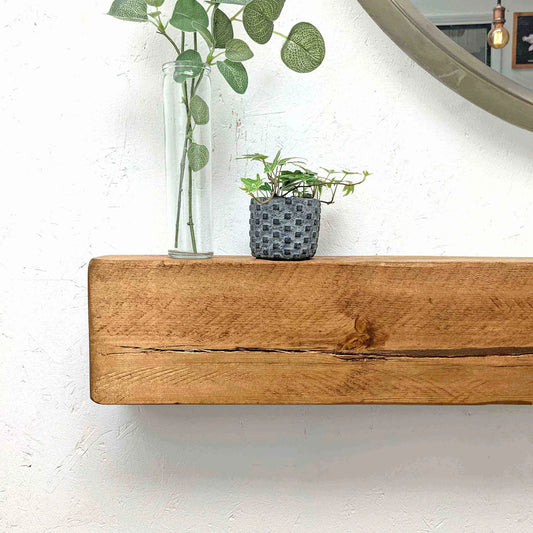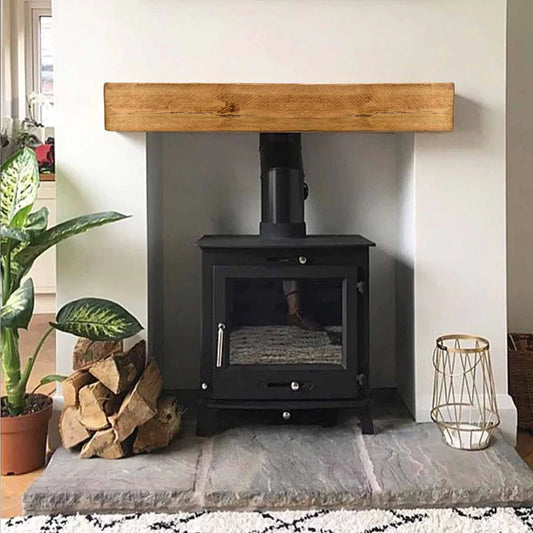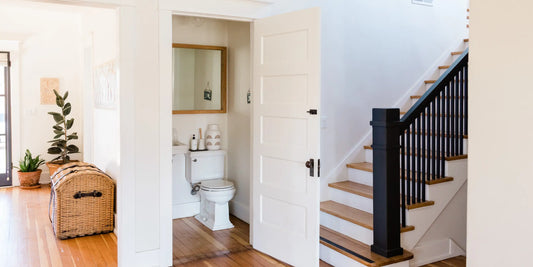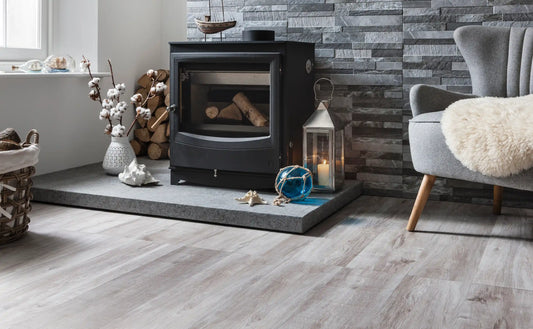Please note: This article may contain affiliate links. All recommendations and styling advice are provided as helpful suggestions only, please always research thoroughly before making any major changes to your home.
Whether it’s working from home, taking an online gym class or regularly hosting friends and family, our homes have never worked harder! Many of us are looking for the best ways to make use of the space we have and need simple solutions that can adapt as we do. From budget ideas to investment pieces, we share our top tips on mastering the art of flexible living:
Make Furniture Work Harder
Ideal for both smaller and larger homes, multi-purpose furniture is worth the investment. Not only are you gaining two pieces of furniture for the price of one, but dual function pieces are incredible space savers, resulting in a more flexible and efficient space that suits your lifestyle. For many, the spare room is often not used to its full potential, so instead, invest in an essential piece – such as an innovative sofa bed design from Cocoon. Built from the mattress up, Cocoon’s products include a deeper pocket sprung mattress, taking the concept of a sofa bed to the next level.
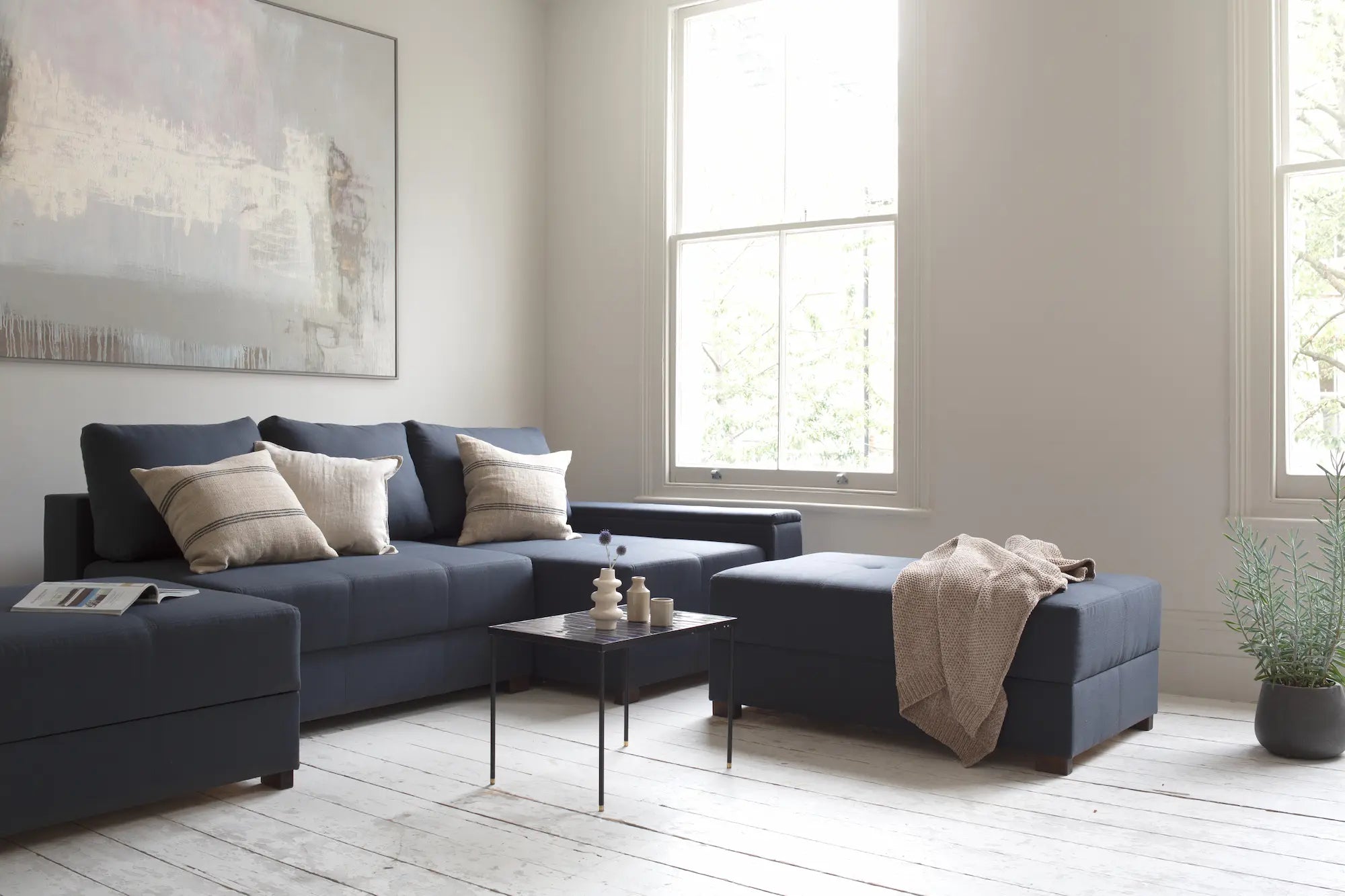
Think About Every Corner
A simple but easy fix, think outside the box and look to use every available inch of space for ultimate flexibility. Furniture can be space hungry, so look to utilise areas in different ways. Whether it’s an awkward corner in a living room that is perfect for floating shelves or a recessed area in a bedroom which is suited to a small-framed desk, look to make your day-to-day life easier and more functional with these simple solutions.
Designate Zones for Your Daily Needs
Whether it’s working from home, creating a play area for the family or needing a spot to do your daily yoga class, ensure your living space is both comfortable and offers enough space to suit your everyday lifestyle and needs is key. This can be done by designating zones within the home to accommodate these activities. If your living area is where you relax as well as where you eat for example, creating zones with items like rugs or lighting is a subtle way to create separate areas without intruding on the space.

Stick to an Open Plan Layout
In modern homes which are limited on space, walls act like barriers and can make everything feel smaller, so opt for an open-plan layout instead. Removing the walls immediately means you will gain more useable space and keeps the floorplan as simple as possible. This is especially useful for busy households and those that like to entertain as it results in a brighter and more flexible living area.
Pin This for Later
